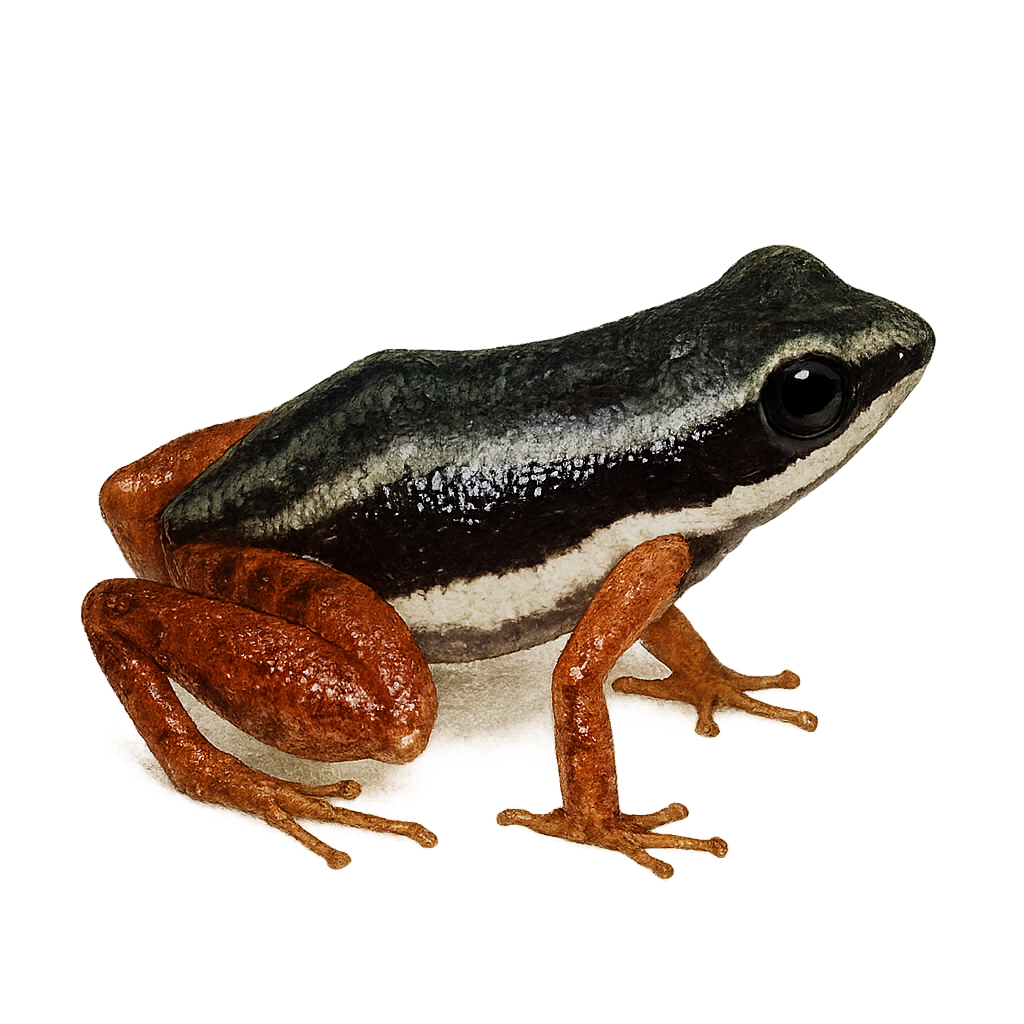Your wildlife photography guide.
Explore the silverstone's diminutive frog in detail, study its behavior, prepare your shots.
Where to observe and photograph the silverstone's diminutive frog in the wild
Learn where and when to spot the silverstone's diminutive frog in the wild, how to identify the species based on distinctive features, and what natural environments it inhabits. The WildlifePhotographer app offers tailored photography tips that reflect the silverstone's diminutive frog’s behavior, helping you capture better wildlife images. Explore the full species profile for key information including description, habitat, active periods, and approach techniques.
Silverstone's Diminutive Frog
Scientific name: Silverstoneia minutissima

IUCN Status: Least Concern
Family: DENDROBATIDAE
Group: Amphibians
Sensitivity to human approach: Suspicious
Minimum approach distance: 2 m
Reproduction period: November to March
Incubation: 12–14 jours
Births: December to April
Habitat:
Tropical rainforests, undergrowth, forest edges
Activity period :
Primarily active during the day, with peak activity in the morning and late afternoon.
Identification and description:
The Silverstone's Diminutive Frog, scientifically known as Silverstoneia minutissima, is a tiny frog species endemic to the humid tropical forests of Central America. Notable for its diminutive size, it often measures less than 2 cm in length. Its coloration ranges from brown to green, with distinctive patterns that allow it to blend seamlessly into the leaf litter of the forest floor. This frog is primarily terrestrial and feeds on small insects and other invertebrates, playing a crucial role in regulating insect populations within its ecosystem. Despite its elusive nature, it is vulnerable to habitat disturbances, particularly deforestation and climate change.
Recommended lens:
Macro – adjust based on distance, desired framing (portrait or habitat), and approach conditions.
Photography tips:
To photograph the Silverstone's Diminutive Frog, approach slowly and quietly to avoid startling it. Use a macro lens to capture the details of its skin and distinctive patterns. Natural light is ideal, but a diffused flash can be used to illuminate shaded areas. Pay attention to movements in the leaf litter, as this frog is well camouflaged. Patience and observation are key to capturing successful shots.
The WildlifePhotographer App is coming soon!
Be the first to explore the best nature spots, track rutting seasons, log your observations, and observe more wildlife.
Already 1 432 wildlife lovers subscribed worldwide

